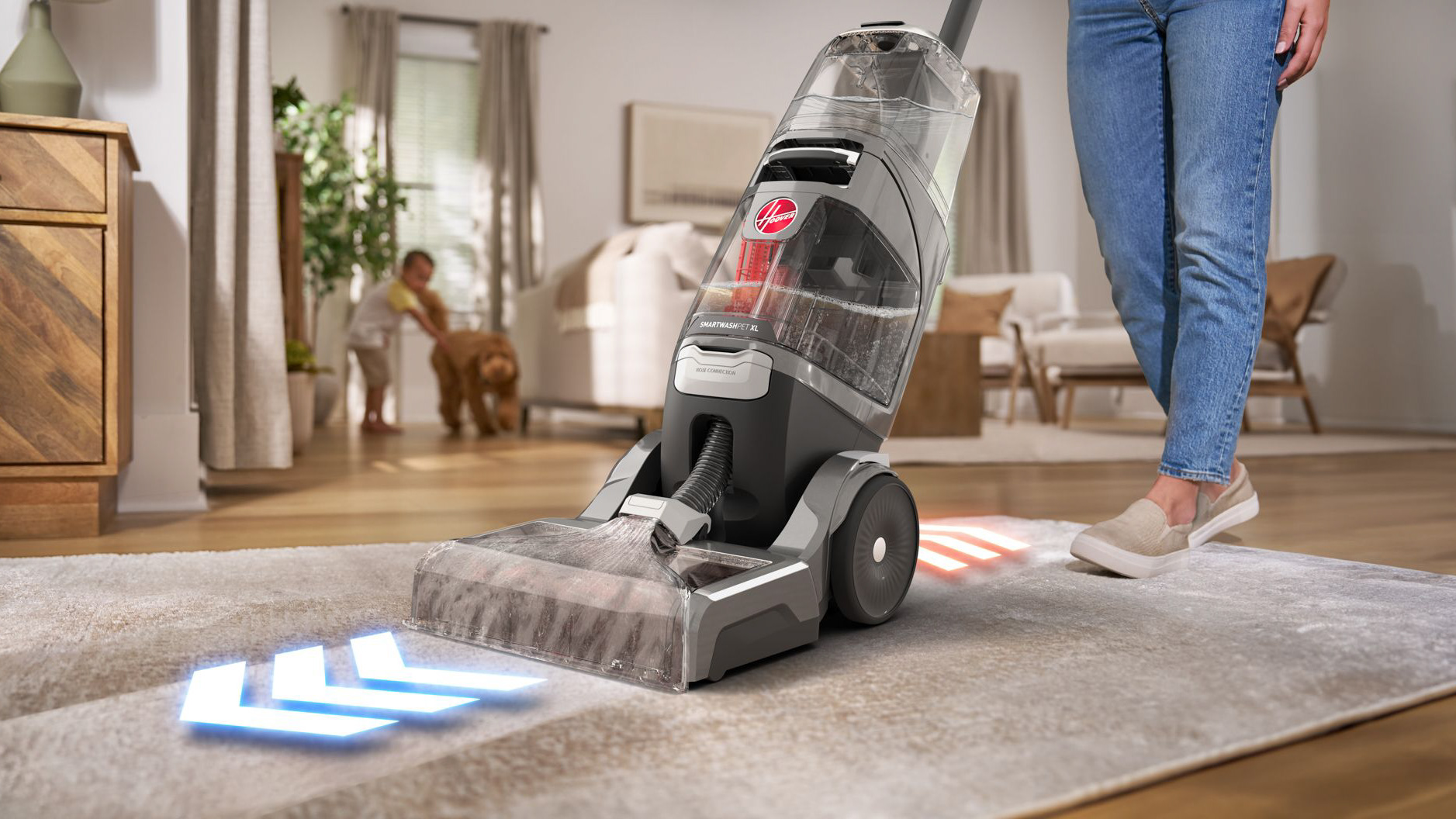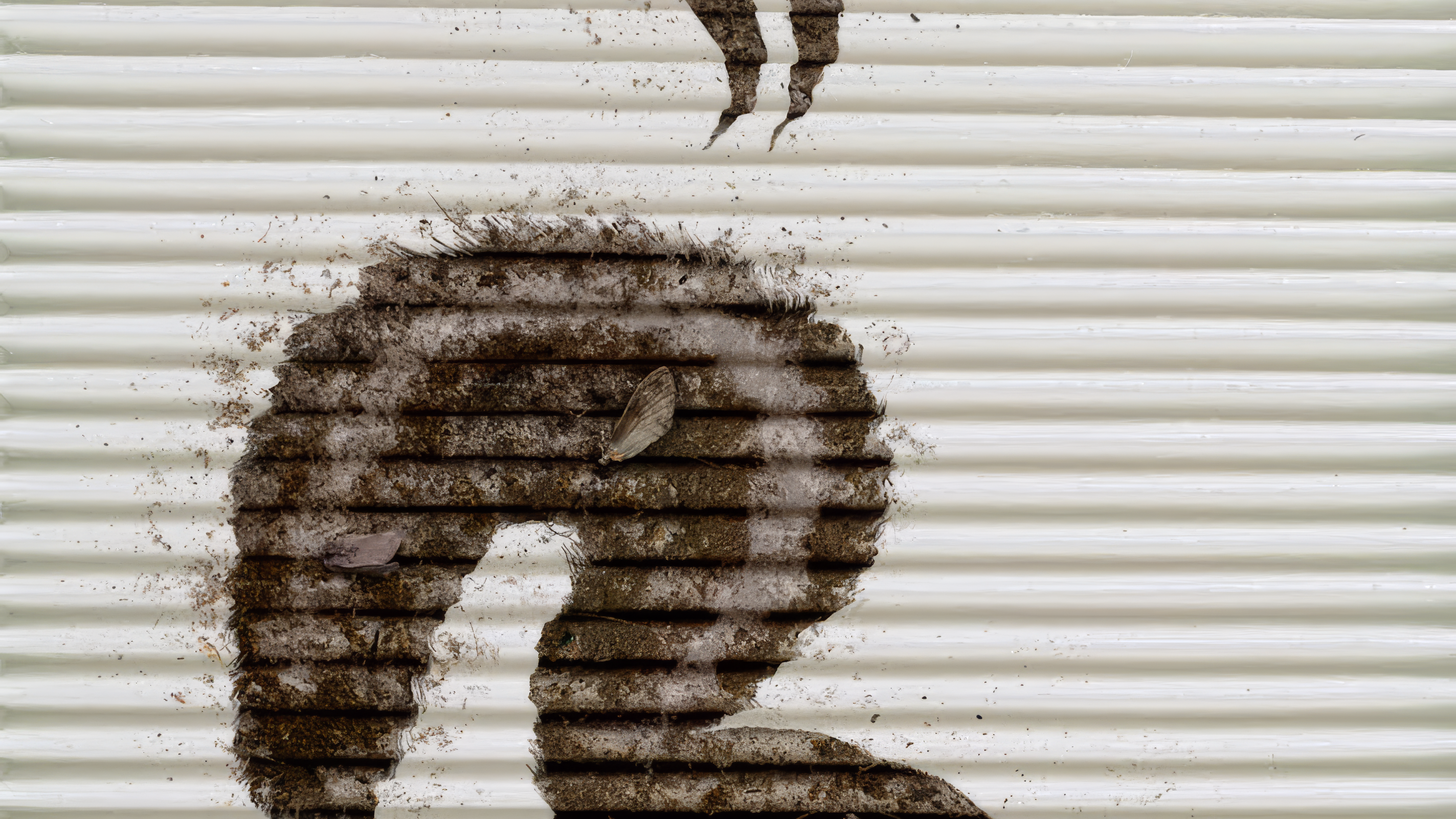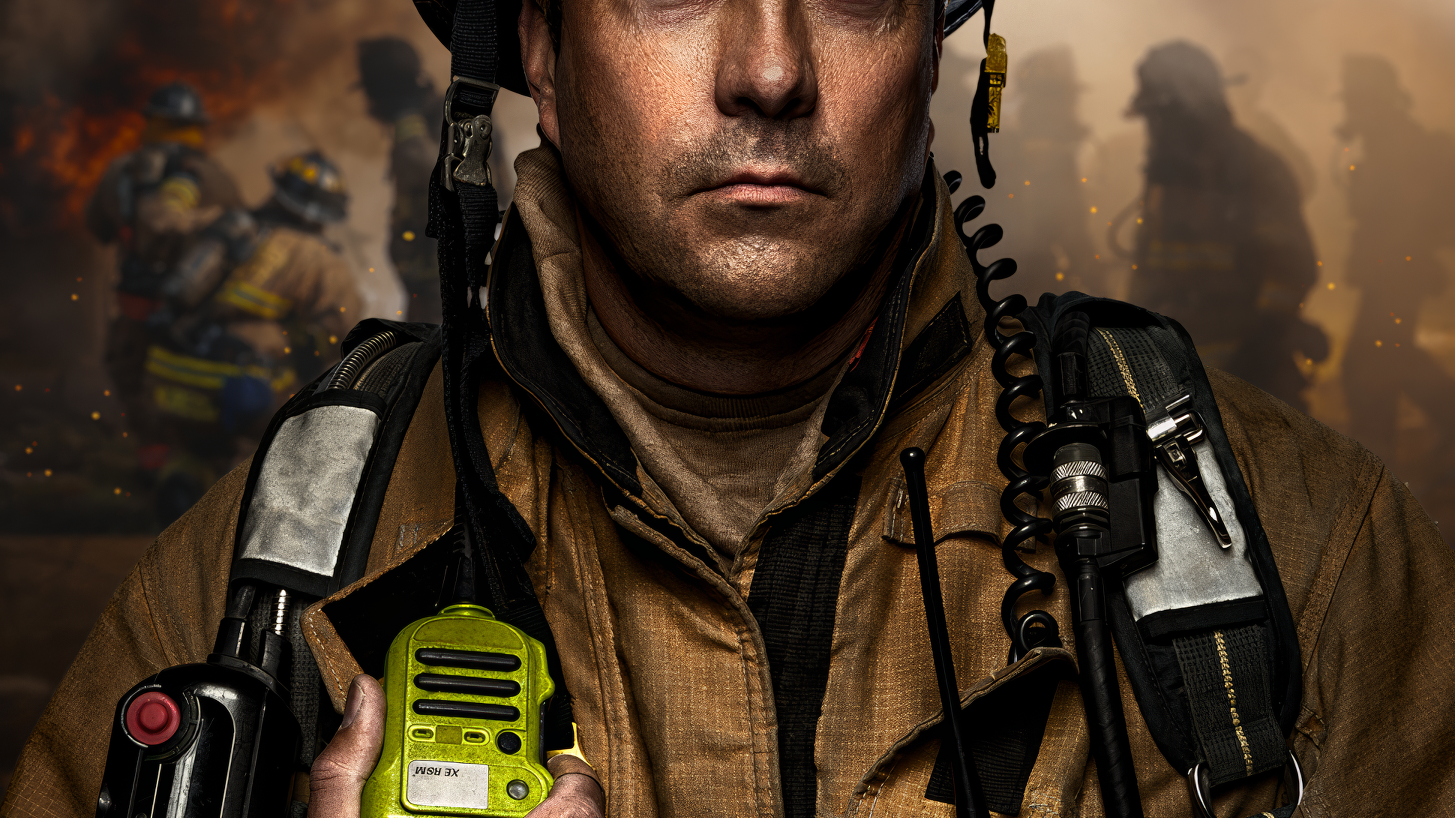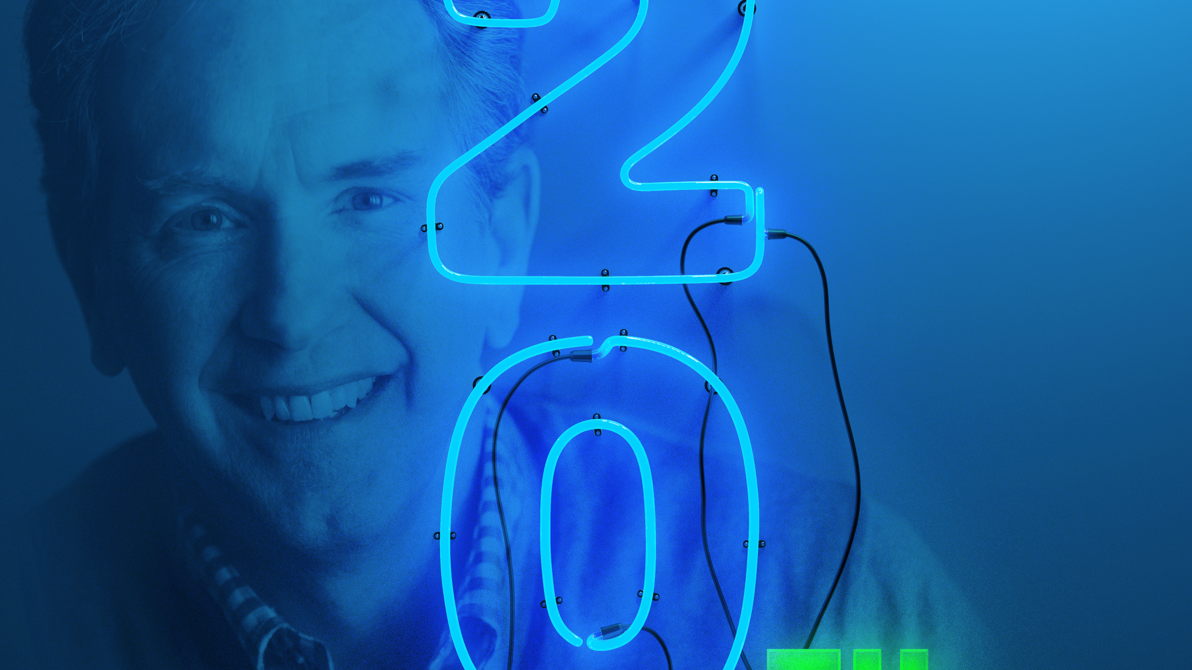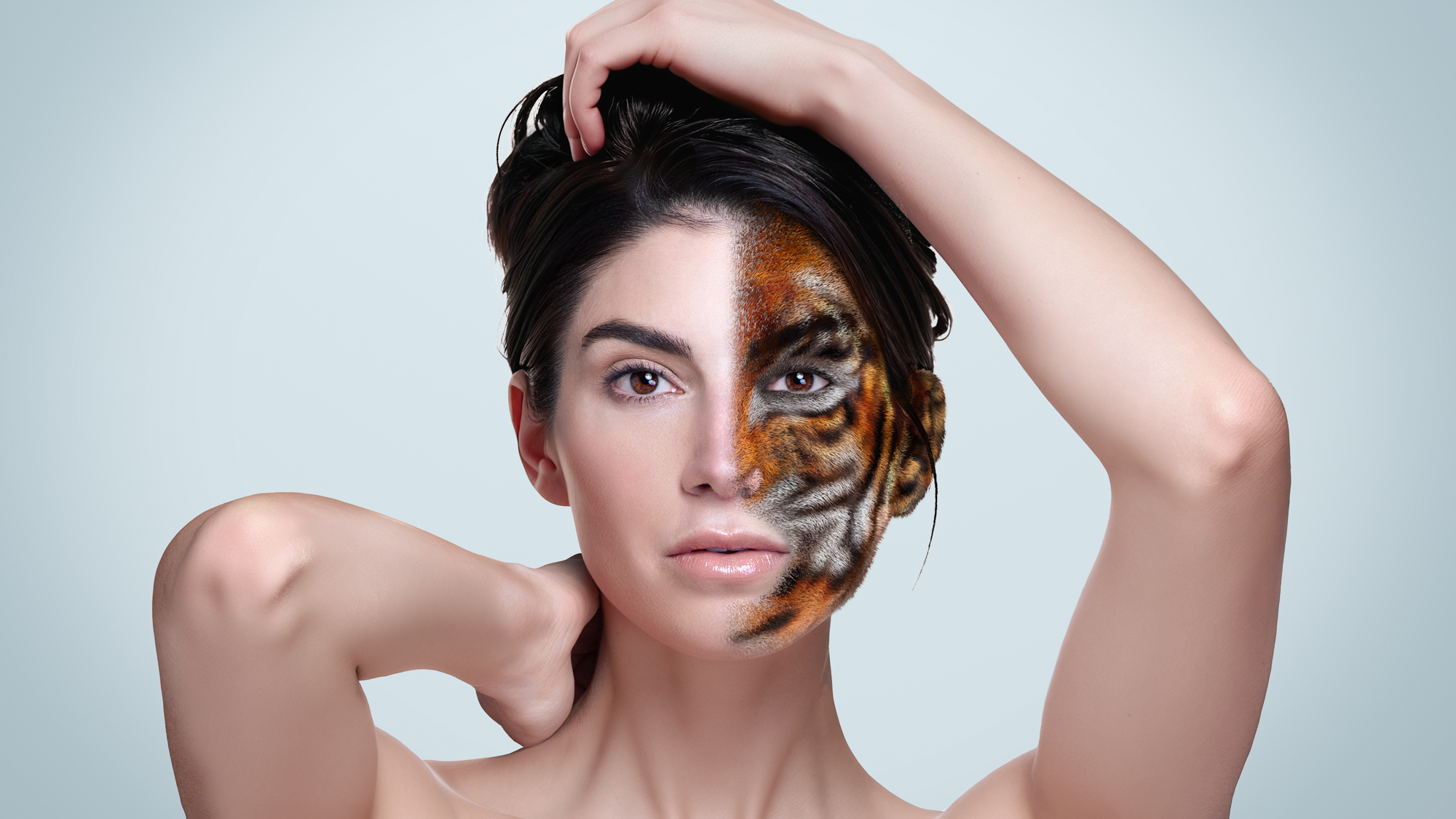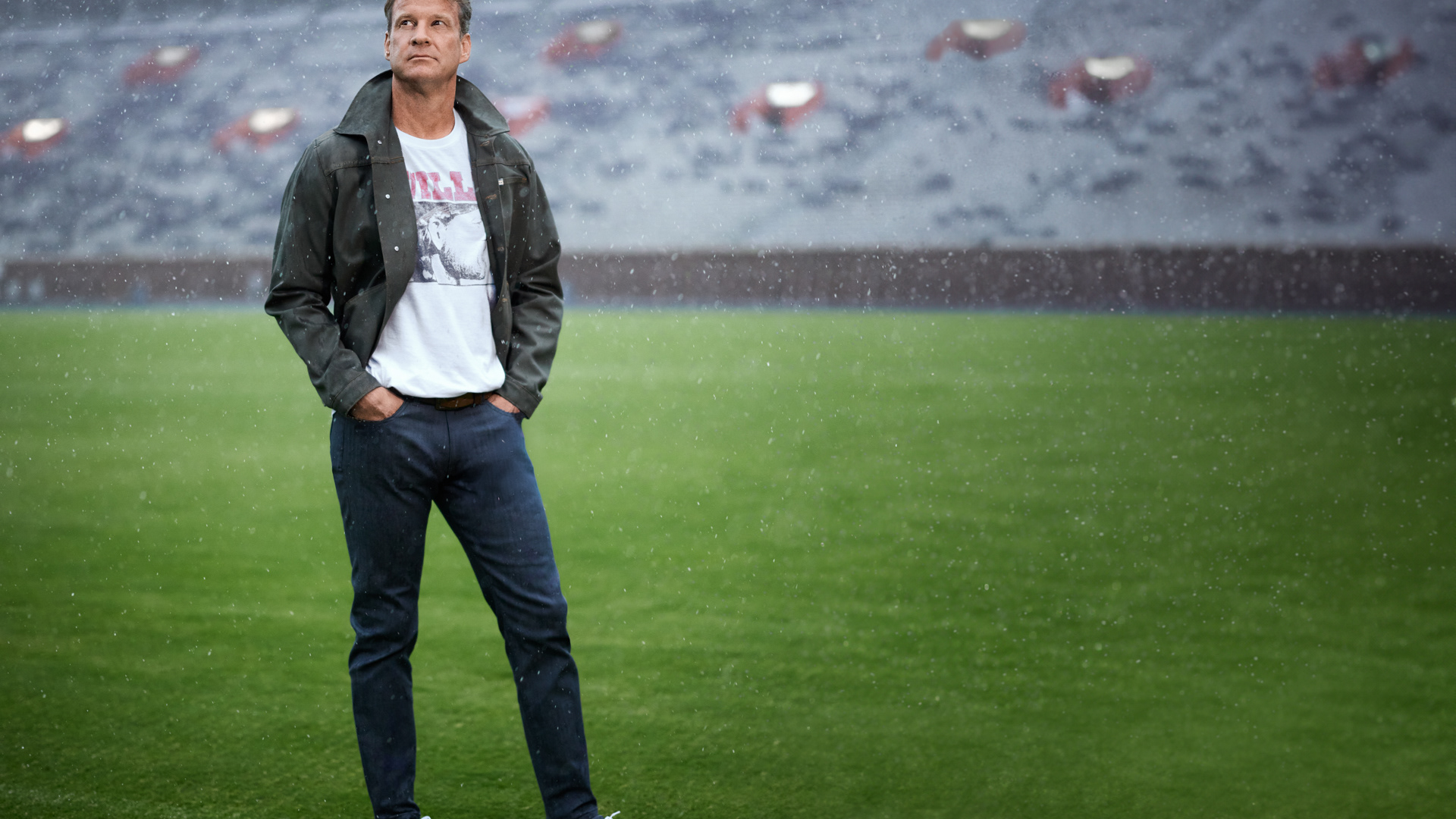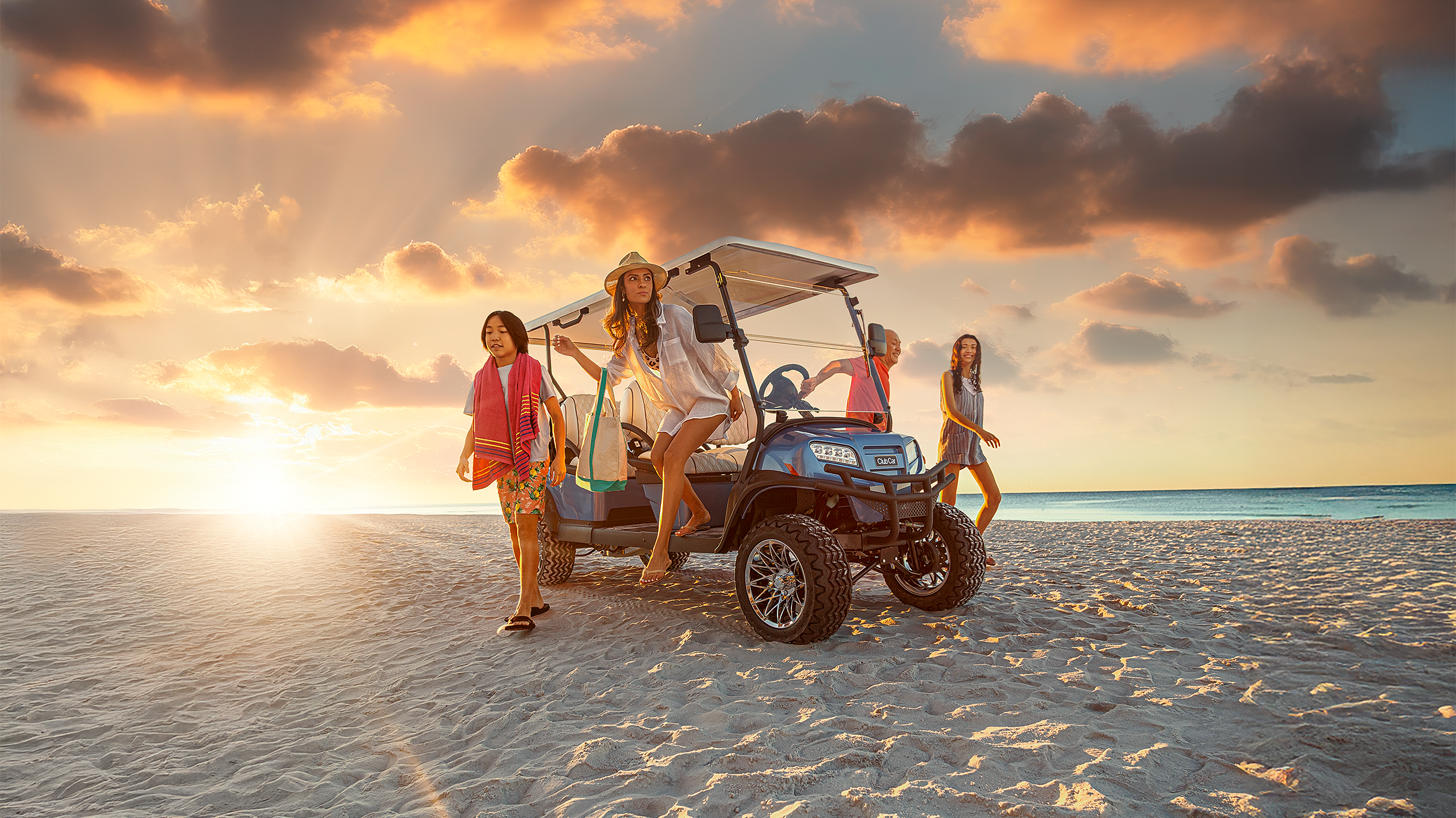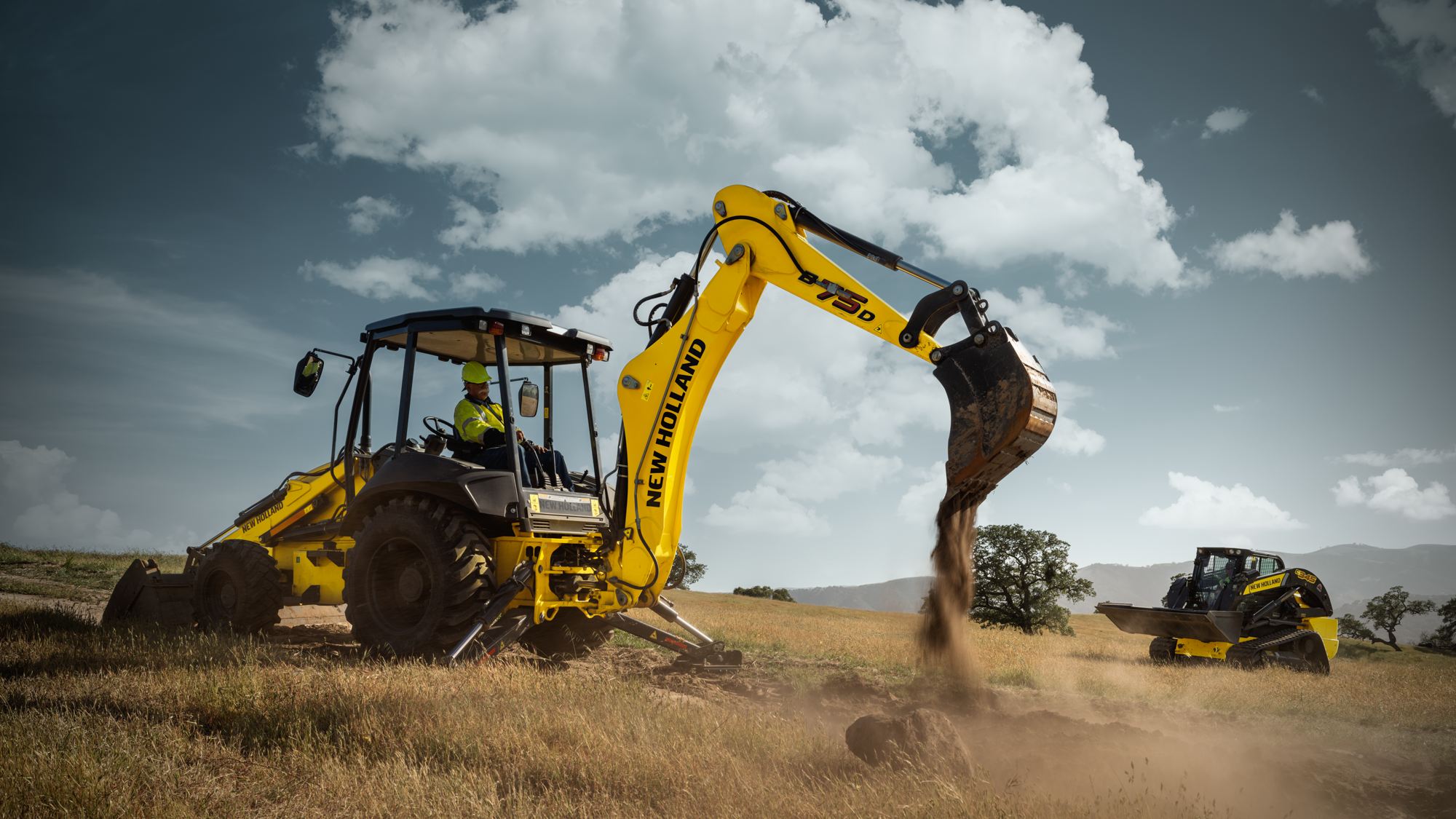Every now and then, I get the chance to work on a project with the potential to become something special—provided I can take all the pieces and shape them into a compelling visual narrative. One such opportunity came during a whirlwind commercial photography production on Dale Earnhardt Jr.’s property, which features a full-scale, Hollywood-quality Western town.
The location, known as Whiskey River, is genuinely remarkable. It includes a fully stocked saloon, a functioning church, livable hotel quarters, stables, and detailed Western-style architecture—making it a dream set for location-based portrait photography and compositing. As it happens, it even shares its name with Dale Jr.’s more modern, well-known venture.
Over the years, I’ve worked on a number of NASCAR-related photo shoots, and they all come with one shared challenge: high-profile drivers, multiple stakeholders, and tight production schedules. With so many commercial and media interests involved, still photographers are often required to piggyback on video shoots—meaning our time with talent is limited and rushed. I was working, as I often do, with photographer Walter Arce, and we knew the routine: arrive early, set up, and wait—sometimes for hours—until you get ten minutes with each subject. On this day, we were lucky to have multiple drivers staggered between video takes, giving us several quick sessions throughout the day.
The concept for the shoot was Western-themed, complete with period-accurate props, wardrobe, and strong makeup styling. The talent lineup included some of the most iconic names in NASCAR: Jeff Hammond, Paul Menard, Junior Johnson, Carl Edwards, and Mark Martin. Each driver’s styling was tailored to fit their personality, and they all looked incredibly authentic in character. We photographed each of them individually as they arrived on set, carefully matching lighting across sessions—even reshooting a few on separate days to maintain consistency.
Time constraints left us with a challenge: how to create a unified scene with limited on-location coverage. To solve it, Walter sent one of his staff photographers to capture high dynamic range (HDR) background plates of the Western town, using exposure brackets to give us flexibility in post. He returned with a perfect angle of the saloon entrance, which became the setting for the final composite image.
In the end, we delivered a stylized group portrait that blended editorial-style celebrity photography with high-end compositing. It’s the kind of project that reminds me why I love visual storytelling—merging craft, collaboration, and just enough chaos to make it interesting.

